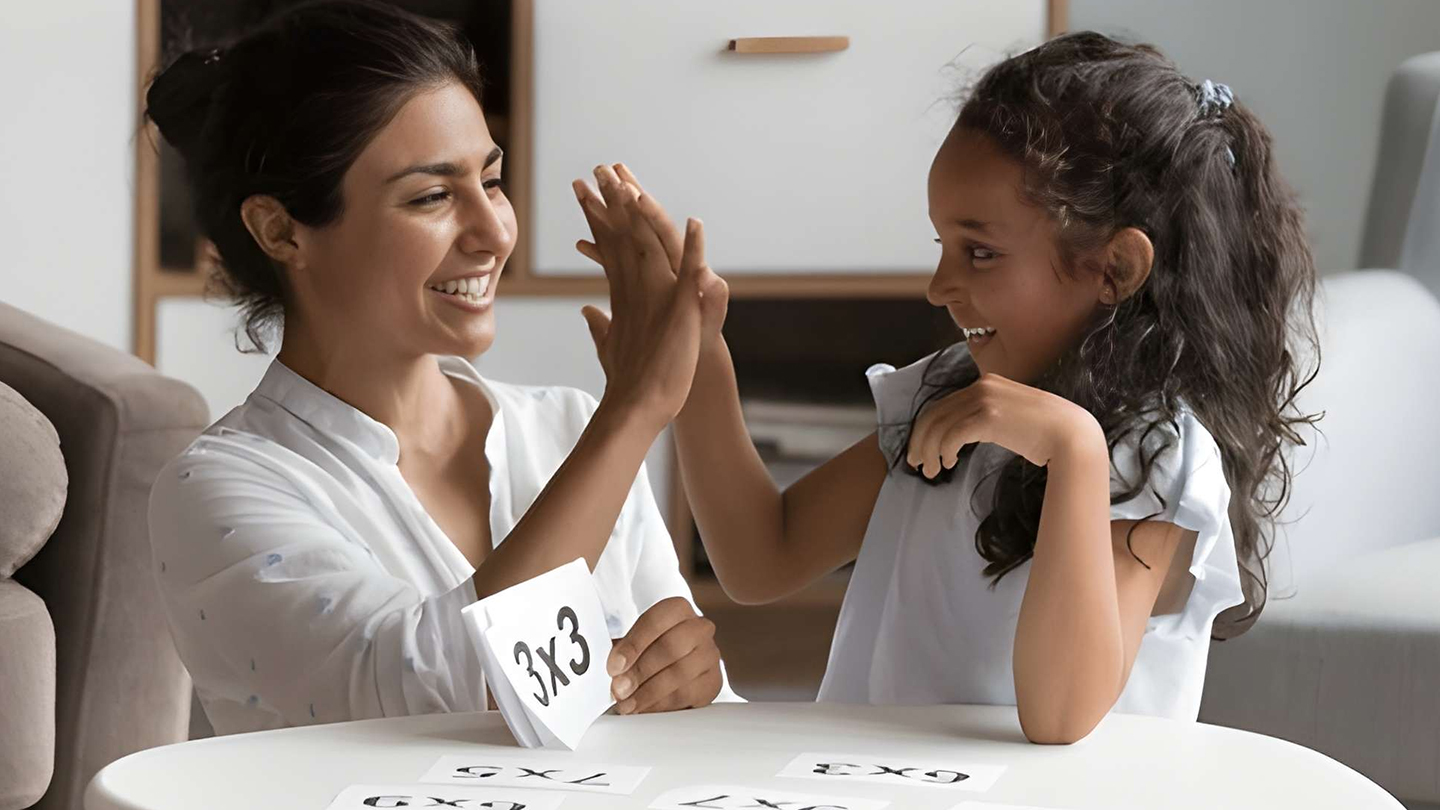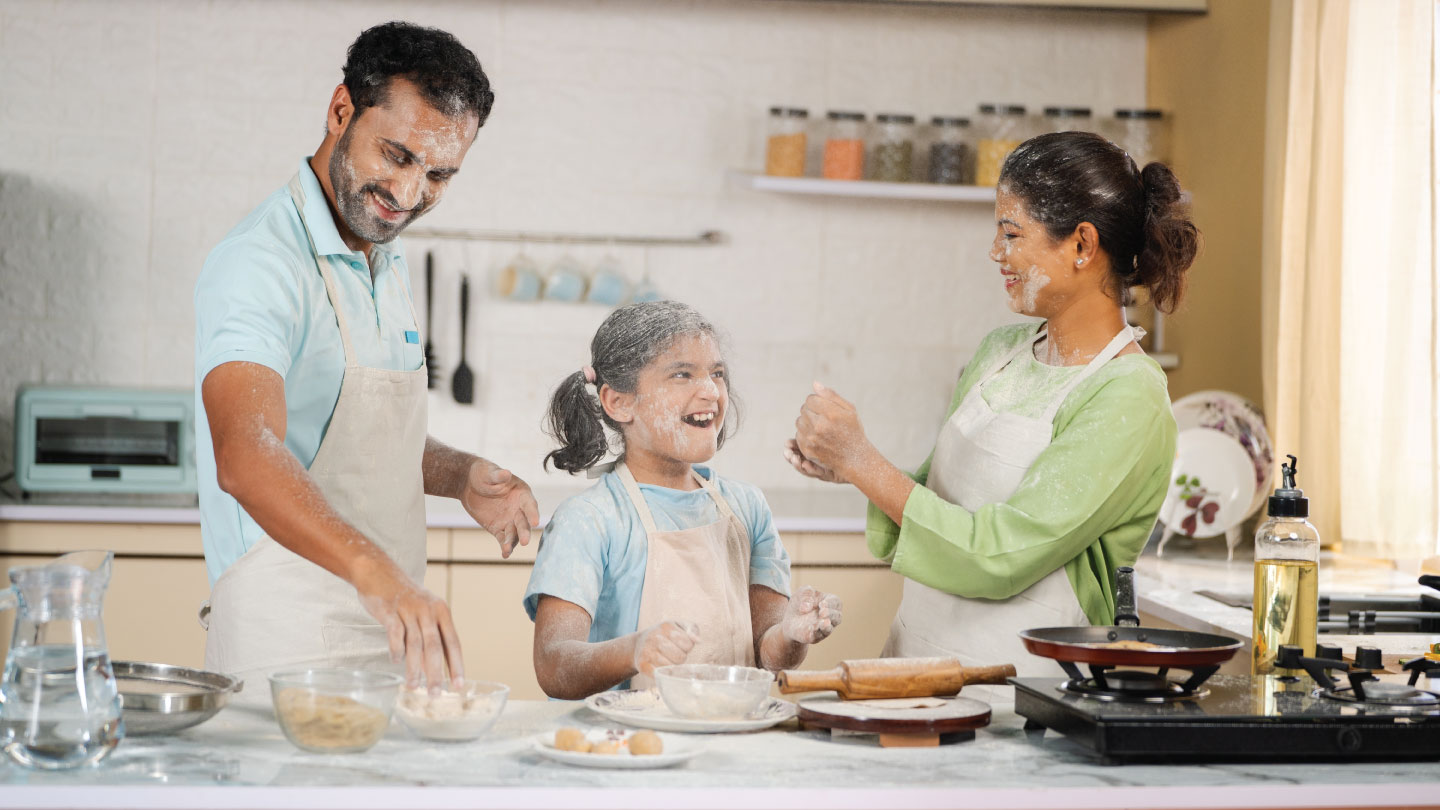Parenting
Parenting Tips On Raising Emotionally Balanced Kids
Practical, research-backed parenting strategies to help children thrive with calm and emotional resilience amidst the modern world’s constant overstimulation.

Amid chaos, conflict, climate fears, and digital overload, helping children build stillness, balance, and resilience has never been more essential. Parents often find themselves seeking parenting tips that truly work to raise calm kids who can withstand worry and inner turbulence. Fortunately, psychology and child development research offer clear strategies, from mindful presence to structure, emotional literacy to therapy, that empower parents to foster tranquillity in their children’s daily lives. Here’s what you can consider:
Related Story: Easy Parenting Tips For Busy Parents
1. Children absorb what they observe
When parents slow down their movements and regulate their emotions, children naturally mirror that composure, be it during a stressed commute or tense household moment. A calm role model isn’t just soothing, it’s instrumental. A study around Psychopathology in the offspring of anxious parents, published in Journal of the American Academy of Child & Adolescent Psychiatry, highlights that “almost all anxious children have anxious parents”, highlighting the importance of parents maintaining their own calm to build a calming home environment.
2. Structure and reduce household chaos
Chaotic homes, marked by disorganisation and unpredictability have been consistently linked to adverse child outcomes, from impaired behaviour to poorer cognitive and social functioning. Introducing routines, rhythms and physical order gives children a dependable backdrop of predictability, which nurtures both calm and focus. The trick is to be more mindful even at home.
3. Equip kids with tools: CBT, FRIENDS, psychoeducation
Evidence-based interventions offer tangible support. Cognitive Behavioural Therapy (CBT) and family-based therapeutic approaches are proven methods for helping children manage anxiety and cultivate emotional regulation. In India, schools are increasingly recognising the importance of teaching children emotional regulation and coping skills. Initiatives such as Delhi’s Happiness Curriculum, which integrates mindfulness, self-awareness and socio-emotional learning into daily classes for over a million students.
Related Story: Talk Therapy Vs Cognitive Behavioral Therapy
These programmes echo global best practices by giving children practical tools to manage stress, understand their emotions, and cultivate resilience in the face of everyday challenges. Additionally, psychoeducation which helps children name and understand anxiety as a normal emotion enables them to recognise and regulate what they feel rather than fear the unknown.
4. Mindful parenting and intentional stillness
Creating stillness doesn’t require grand gestures. Small, mindful practices can transform everyday life. Research-backed tips include pausing before reacting, incorporating tech-free moments, and connecting with compassion rather than judgment. Moreover, voice-free parenting, not lecturing but demonstrating calm through actions, teaches emotional regulation more effectively.
5. Meditation and quiet internal space
Daily meditation offers kids a powerful pathway to calm. By fostering awareness, emotional steadiness and empathy, meditation enhances attention and self-control while anchoring children in quieter inner worlds in spite of external noise. Just a few minutes of guided breathing or presence can make a significant difference.
Related Story: Benefits of Humming Bee Breathing
6. Screen time, sleep and physical activity: quieting the overstimulation
A research titled, "Excessive Screen Time is Associated with Mental Health Problems and ADHD in US Children and Adolescents”, conducted in the US in 2013 highlights that daily screen time of 4 hours or more was significantly linked with higher odds of anxiety, depression, ADHD and behaviour or conduct problems.
Reducing screen exposure and reinforcing sleep routines support calm, cognitive clarity and emotional balance.
7. Tactile comfort through interaction
Innovations in tactile and social comfort via technology are gaining momentum in India. Although direct tactile interventions (like soft robots designed to be held) are not widespread, embodied social robots such as HaKsh-E have been studied for their emotional resonance with children. In a June 2024 Indian study titled, “Exploring Child-Robot Interaction in Individual and Group Settings in India”, children aged 7–11 interacted with HaKsh-E across both individual and group game-based settings. The children perceived the robot as trustworthy, close, and socially supportive, especially in group contexts, which enhanced engagement, while individual interactions promoted deeper learning.
These findings suggest that HaKsh-E’s social presence may act as a form of emotional comfort, pointing to the potential of designing future tactile or embodied technologies to support calmness and emotional regulation in young children.
Raising calm kids in a world dominated by stress, worry and overstimulation is a challenging but deeply rewarding endeavour. The key lies in combining intentional parenting (modelling calm, fostering routine and stillness) with evidence-based strategies (CBT, psychoeducation, meditation) and mindful self-care (minimising screen time, enhancing sleep and physical activity). By giving children the emotional vocabulary to understand their feelings and the tools to manage them, we help them stand grounded amid the turmoil, resilient, empathetic and at peace. Embrace stillness as both a gift and a practice: for your child, and for yourself.
We see you! Get exclusive access to the best parenting advice from experts. Sign up today.
EXPLORE MORE
We’re told to encourage our kids, but could “amazing!” and “perfect!” actually fuel self-doubt? And is there a better alternative to encourage children?
From nutrition to physical activity, here’s a checklist for often-missed precautions.
You don’t need a fancy setup or expensive toys to boost your child’s brainpower. Here’s how Montessori-inspired home activities can foster focus, memory, and problem-solving skills.
Here’s how to help your kids and yourself ease back into calmer routines without losing your sanity.






.jpg)

